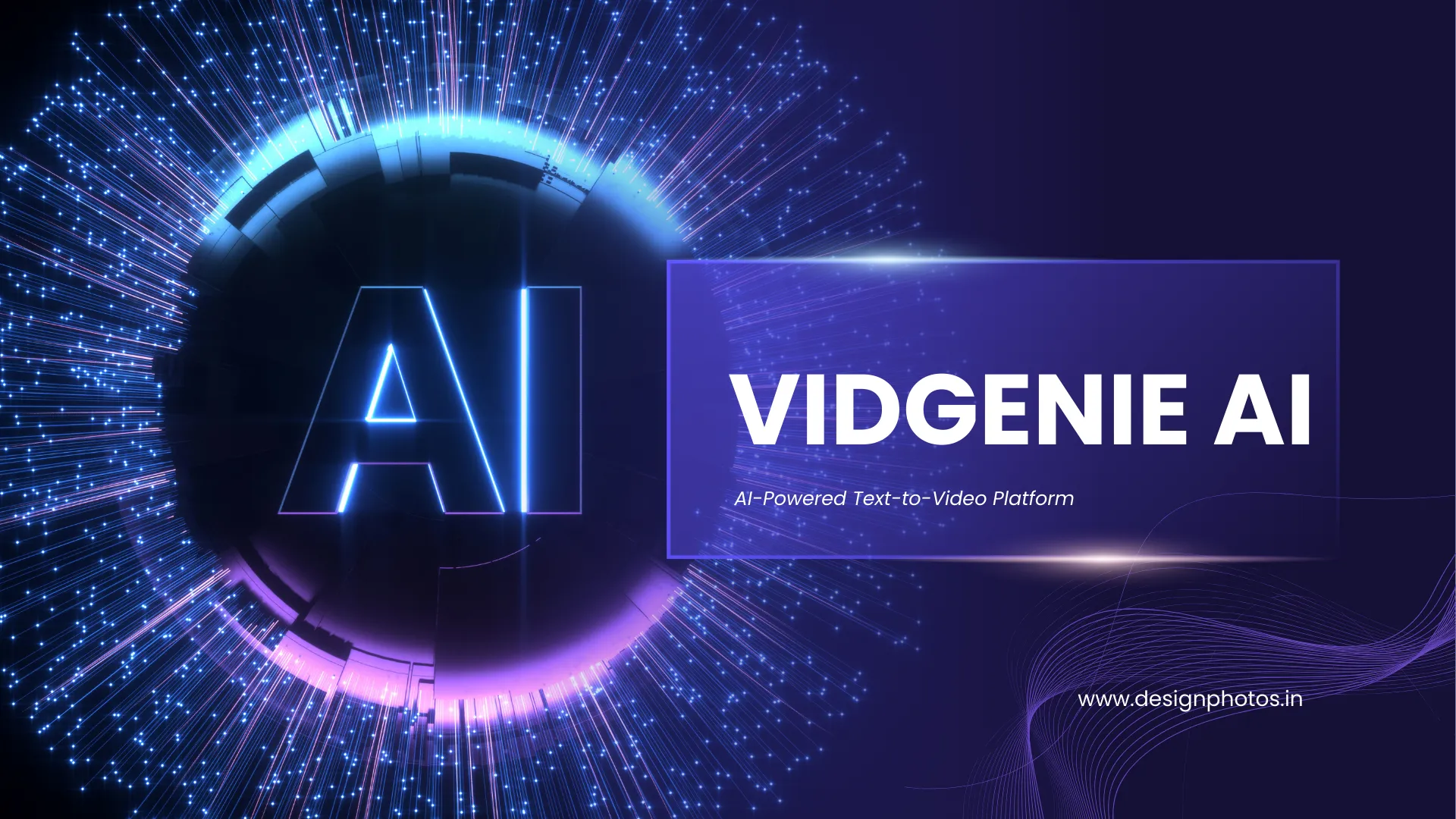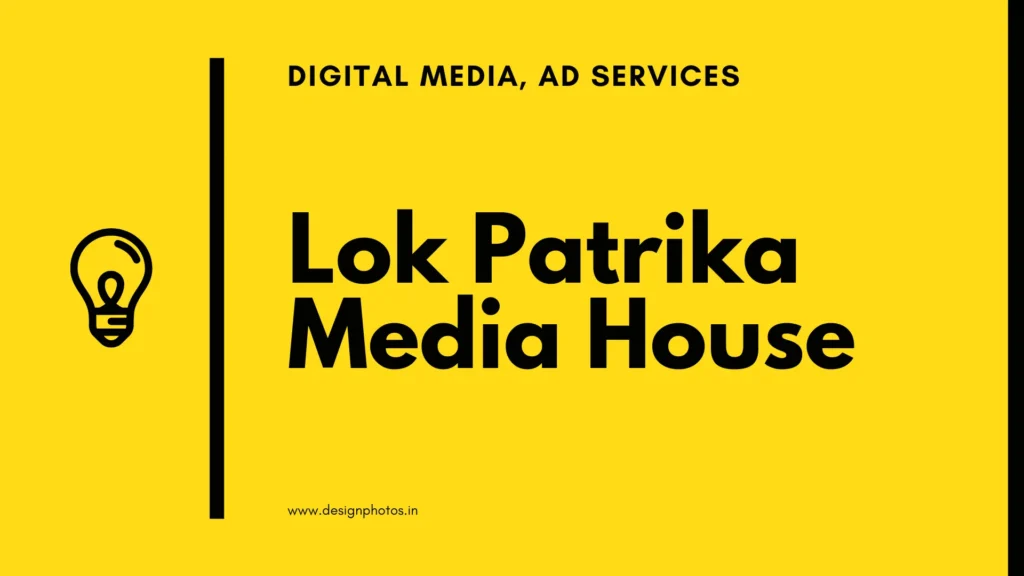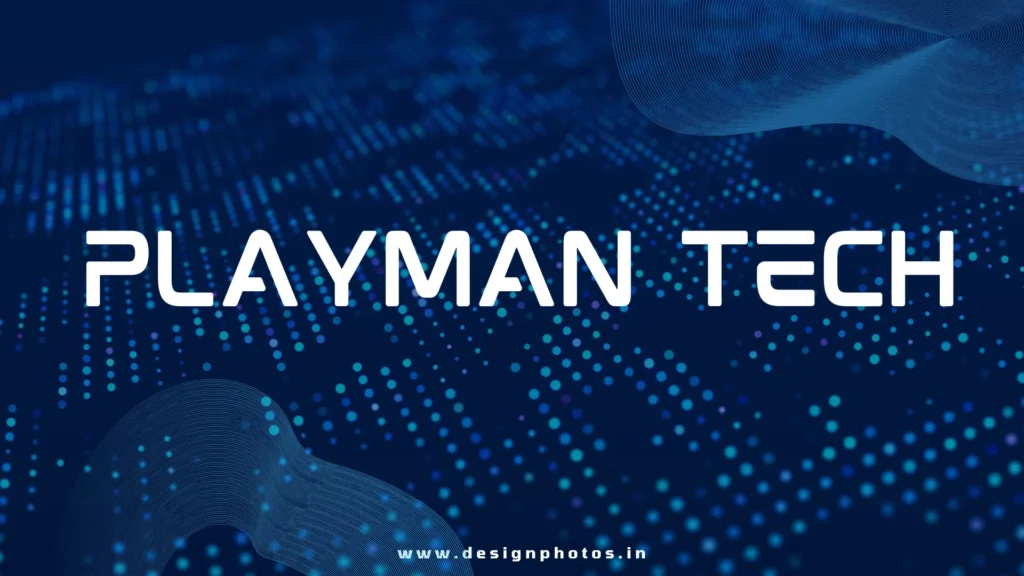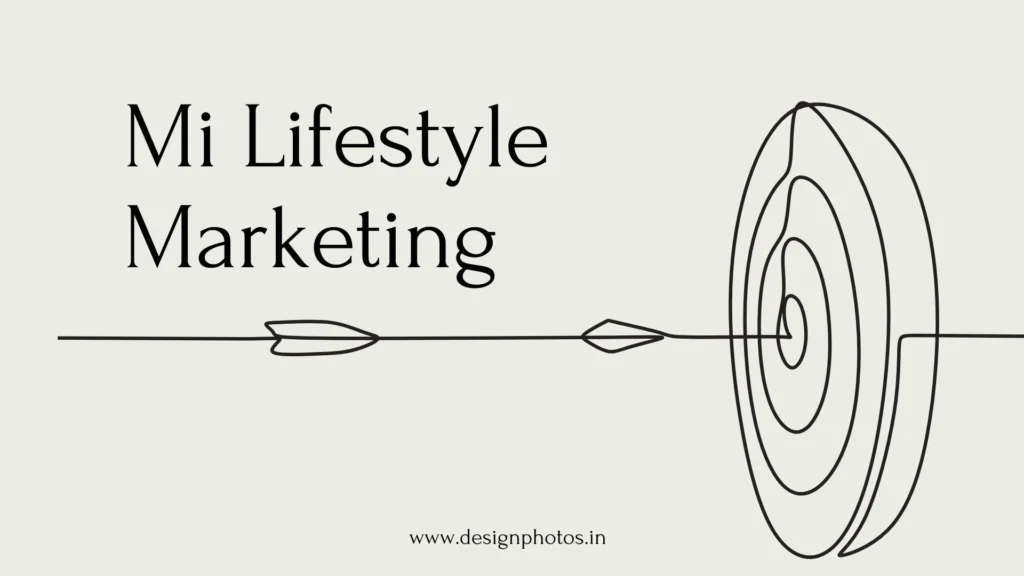VidGenie AI is an AI-powered text-to-video platform designed to help creators and brands produce faceless and character-driven videos in minutes across YouTube, TikTok, Instagram, and Facebook. It focuses on speed, scalability, and consistent aesthetics so content teams can maintain cadence without hiring full video crews or editors. The platform blends scripting, visuals, and audio into a repeatable workflow that is well-suited for UGC ads, social shorts, explainer channels, and branded series.
What is VidGenie AI?
VidGenie AI positions itself as a streamlined AI video generator that supports both story-style videos and AI-character-led content. Its core value is turning prompts or topics into watch-ready videos quickly, with options for different lengths to suit platforms ranging from short-form reels to mid-length story content. It’s ideal for creators who need to publish frequently and want a consistent visual identity without time-consuming manual editing.
Core features
- AI script generation: Feed a topic or prompt, set language and approximate duration, and generate a structured script that’s segmented into scenes. This is useful for listicles, explainers, tutorials, and voiceover-led content where pacing matters.
- Motion Video Clips: Convert AI images into short camera-movement clips (pans, zooms, parallax) to make faceless content feel dynamic. This bridges the gap between static visuals and engaging motion design without complex editing.
- End-to-end assembly: Built-in voices, background music, transitions, subtitles, and even thumbnail support create a single environment for going from idea to final export. This minimizes the need to juggle multiple apps.
- Template flows: Preconfigured styles and categories help users stick to a repeatable format, preserving brand consistency across a series.
- Multilingual support: Multiple languages for scripts and voice options expand reach and make localization manageable for international audiences.
AI Characters and consistency
VidGenie’s AI Characters feature enables the creation of a consistent “digital twin” from a single photo, helpful for avatar-led brands and faceless channels that want a recurring persona. Styles can vary from photorealistic to stylized or 3D-influenced, giving teams room to match their niche’s tone. While character consistency is strong for single-character scenes, it’s best to plan storyboards that minimize multi-character interactions in the same shot to avoid variability, and to use a reference image and fixed prompts to maintain the look across episodes.
Also Read – 1377x Access: Blocks, Mirrors, and Security Tips
Pricing and plans
VidGenie AI generally follows a freemium-plus-credits model, with tiers designed around minutes, credits, and watermark removal for professional publishing. A typical structure includes:
- Free/Starter credits to test drive generation, with watermark on exports and limited minutes.
- Paid tiers (commonly named Starter, Creator, Pro) that increase credits, remove watermarks, and add commercial rights suitable for SMBs and agencies.
- Savings with annual billing and occasional discount periods, making it feasible for teams planning a steady monthly cadence.
Because credit consumption varies by video length, motion usage, and character features, production pipelines with weekly uploads should evaluate target minutes per month to select the right tier. As a best practice, map the content calendar to the expected runtime to forecast monthly credit needs.
Ideal use cases
- Faceless explainer channels: Channels that publish topic-based videos with narration, illustrative visuals, and consistent branding benefit from scripting speed and motion clips that keep viewers engaged.
- Social shorts and listicles: Quick-hit content for TikTok, Reels, and Shorts where punchy narration and kinetic visuals drive retention.
- UGC-style product videos: Fast iteration on product demos, benefit bullets, and social proof for paid ads without waiting on influencer timelines.
- Edu-content snippets: Bite-size learning clips, course promos, or concept rundowns using concise scene scripts and on-brand templates.
- Branded avatar series: Recurring character content for community updates, launches, or serial storytelling anchored by a consistent digital face.
Step-by-step workflow
- Ideation and brief: Define the topic, target platform, goal (engagement, clicks, watch time), and length. Gather 3–5 key points and CTA.
- Script generation: Use the prompt and language settings to generate a draft, then refine for hook strength, clarity, and scene pacing. Aim for short paragraphs per scene to match visual cuts.
- Scene building: Convert key beats into scenes, pairing each with relevant images or AI-generated frames. Keep a consistent visual style to build brand recognition.
- Motion clips: Turn chosen images into motion clips with subtle camera moves that match narration beats. Avoid overuse; let motion accent key moments.
- Voice and music: Select a voice that matches niche tone, adjust speaking pace for clarity, and layer background music at a low level to avoid competing with narration.
- Subtitles and transitions: Add captions for silent viewers and platform accessibility. Use simple transitions to maintain flow without distraction.
- Thumbnail: Create a clear, bold thumbnail with minimal text and strong contrast. Aim for recognizable style across episodes.
- Render and export: Export in the correct aspect ratio for the platform (9:16 for vertical, 16:9 for YouTube long-form), verify audio levels, and double-check visual consistency.
- Publish and iterate: Track audience retention, hook performance, and click-through. Refine hooks, pacing, and motion ratios based on analytics.
Output formats and publishing
For Shorts/Reels/TikTok, stick to 15–45 seconds with a tight hook and single outcome per clip. For mid-length story videos, plan 3–6 minutes with a clear structure: hook, promise, proof, steps, and CTA. Use platform-native captions and ensure safe margins so text isn’t cut off by UI. Maintain a content calendar to batch-produce videos in the same style and keep the algorithm fed consistently.
Strengths
- Speed-to-video: Rapid scripting, scene generation, and integrated voice/music lets small teams ship more content per week without additional editors.
- Consistency at scale: Character and style consistency improve brand memory and audience trust across series.
- Lower production overhead: Reduce dependence on stock video hunting, manual keyframing, and third-party audio tools by working inside one system.
- Accessible for non-editors: The learning curve is gentler than full NLEs, enabling marketers and writers to produce quality outputs.
Limitations
- Character variability: While single-character consistency is good, multi-character scenes may show look drift. Standardize prompts and keep focus on one primary avatar per scene where feasible.
- Realism vs. style: Photorealistic outputs can vary by prompt and lighting; some niches may prefer stylized looks for predictability.
- Credit burn: Heavy use of longer videos or frequent iterations can consume credits quickly. Plan runtime and pre-approve scripts to minimize re-renders.
- Advanced editing: Highly bespoke motion graphics, 3D compositing, or complex scene choreography may require a secondary editor for refinement.
Best practices for results
- Script density: Keep each scene to one main idea with a single supporting line. This improves pacing and aligns visuals with the narration beat.
- Visual coherence: Use a consistent color palette, font, and style across thumbnails and lower-thirds to build brand identity.
- Motion restraint: Use motion to emphasize key points, not every line. Overuse can feel noisy and harm retention.
- Voice testing: Try 2–3 voices against the same script; pick the one that matches audience expectation for the niche (educational, energetic, calm).
- Batch production: Outline 4–8 episodes at once, generate scripts in a session, and then assemble scenes in batches for efficiency and stylistic continuity.
- Hook optimization: Lead with the outcome or the strongest benefit in the first 3–5 seconds. Test two hooks on the same core content to learn what lifts retention.
- CTA clarity: Use a single CTA per video. For short-form, keep it micro (comment a keyword, save for later, or watch part 2).
Also Read – BastiNews.xyz: Credibility, Safety, and Smart Reading Tips
VidGenie AI vs alternatives (positioning)
VVidGenie AI edge is its faceless content workflow, character consistency, and ability to turn stills into motion clips without requiring advanced editing. Many generic text-to-video tools lean on stock footage and templated slides, while VidGenie’s motion-from-stills approach makes content feel more native to social feeds. If the goal is fast-turn UGC-style ads, listicles, and avatar-led episodes, VidGenie AI aligns well. If projects demand cinematic scene-to-scene continuity or complex VFX, pairing it with a traditional editor (for finishing) may be the better route.
Getting started
- Sign up in VidGenie AI and explore a free or entry plan to prototype a 30–60 second short. Aim for one clear message, a strong hook, and a single CTA.
- Track how many credits a typical video uses and multiply by weekly publishing goals to size the right tier.
- Save winning prompts, voices, and motion settings as internal SOPs. Reuse them across episodes for consistency and speed.
- Build a brand kit: hex colors, fonts, logo placement, and thumbnail template. This makes output recognizable and scalable across channels.
Sample prompts and templates to copy
- Explainer listicle (30–45s): “Write a concise, 6-scene script on ‘3 ways to speed up website load time,’ tone: straightforward, audience: small business owners, include hook question, examples, and one CTA to check the guide.”
- UGC product promo (20–30s): “Generate a tight, benefit-first script for a noise-cancelling earbud ad; audience: commuters; style: relatable; include 3 benefit bullets and a single CTA to try now.”
- How-to snippet (45–60s): “Create a step-by-step script on ‘set up a content calendar in 10 minutes,’ tone: practical, include specific tool mentions and a save-for-later CTA.”
Editorial calendar blueprint
- Monday: Research 5 topics aligned with search trends and social interest.
- Tuesday: Generate scripts and polish hooks for 3–4 shorts.
- Wednesday: Assemble scenes and motion, record or select voice, finalize captions.
- Thursday: Render, QA, and schedule posts for Fri–Sun.
- Friday: Analyze last week’s retention graphs and refine hooks or pacing.
KPIs to watch
- Hook retention (first 3–5s): Indicates if the opener earns attention.
- Average watch time: Correlates with platform favorability and distribution.
- Save/share rate: Critical for educational and explainer niches.
- Click-through on CTA: Validates whether the narrative drives action.
- Production velocity: Videos per week per person is a key operational metric.
Compliance and brand safety
- Validate asset rights for any uploaded images or brand elements.
- Keep claims in UGC ads truthful and substantiated to avoid ad rejections.
- Use subtitles for accessibility and better silent-play performance.
- Maintain consistent disclosure for sponsored content.
Who should use VidGenie AI?
- Solo creators who want to scale uploads without learning a full NLE.
- Agencies producing UGC ads and short-form packages for multiple clients.
- SMB marketers who need weekly explainers, promos, and brand updates.
- Educators and course creators building micro-learning libraries.
- Ecommerce brands turning product benefits into quick, repeatable videos.
Final thoughts
VidGenie AI offers a fast, repeatable pipeline for turning ideas into finished videos with scripts, motion clips, voices, and consistent AI characters. For faceless channels, UGC ads, listicles, and educational snippets, it provides an efficient balance between quality and speed. With a pragmatic plan for credits, a brand kit, and a batch workflow, teams can publish at a steady cadence, test hooks systematically, and build a recognizable video style that compounds results over time.
FAQs
- What is VidGenie AI used for?
VidGenie AI is an AI-powered text-to-video platform that generates scripts, visuals, voiceovers, subtitles, and motion clips to create faceless or character-led videos for YouTube, TikTok, Reels, and more. - Does VidGenie AI offer a free plan?
Yes, VidGenie AI typically provides a free tier with starter credits so new users can test features like script generation, motion clips, and voiceovers before upgrading. - How do credits work in VidGenie AI?
VidGenie AI uses credits for actions such as generating images, converting stills into motion clips, creating voiceovers, and rendering videos; longer videos and more complex scenes consume more credits. - Can VidGenie AI create videos in multiple languages?
Yes, VidGenie AI supports multiple languages for script generation and voiceovers, making it suitable for multilingual channels and localized content strategies. - Does VidGenie AI remove watermarks on paid plans?
Paid VidGenie AI plans typically remove watermarks, expand monthly credits, and unlock commercial usage rights, which is ideal for agencies, brands, and high-volume creators.



